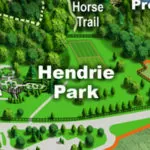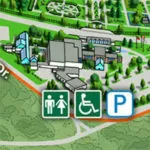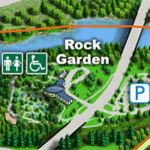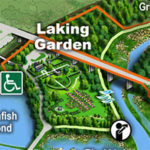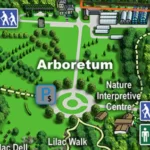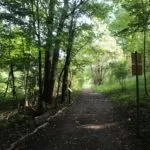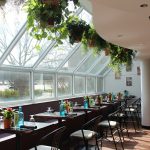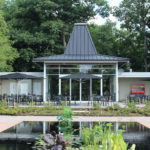| Membership | Price (+HST) |
|---|---|
| Single | $85/year |
| Single Plus | $120/year |
| Family | $130/year |
| Family Plus | $175/year |
| Contributing | $300/year |
| Supporting | $600/year |
| Sustaining | $1,000/year |
| Benefactor's Circle | $2,500/year |
| Director's Circle | $5,000/year |
| President's Circle | $10,000/year |
Green Grass Desert
By Joanne Hamilton, Eco-corridors Wildlife Technician, Royal Botanical Gardens
Non-native turf grasses are ubiquitous in urban landscapes, almost everywhere you look you’ll see lawns, medians, and sports fields. These grasses are resilient to trampling and mowing and create a uniform ground cover. What makes them a perfect grass for a highly manicured lawn, also makes them a perfect invader and a ‘green desert’.
These non-native grasses receive a poor grade in biodiversity, as many native insects, birds, and mammals can’t use native turf grass to breed or forage in. The grass if often too short for nesting cover and provides minimal forage for insects and other wildlife. An acre of lawn is an acre of green desert, where few native species can exist.
Turf grasses are also known as cool season grasses. They green up earlier than our native species, usually in early spring. In contrast, the tallgrass prairie consists of native wildflowers and warm-season grasses. They green up in late spring/early summer and grow throughout the summer season. These species have deep root systems, sometimes 2-3x the height of the plant, and help the plant persevere through drought. Tallgrass prairies are incredibly diverse and support hundreds of species, including a large number of Species-at-Risk which use flowers and grasses to breed and forage.
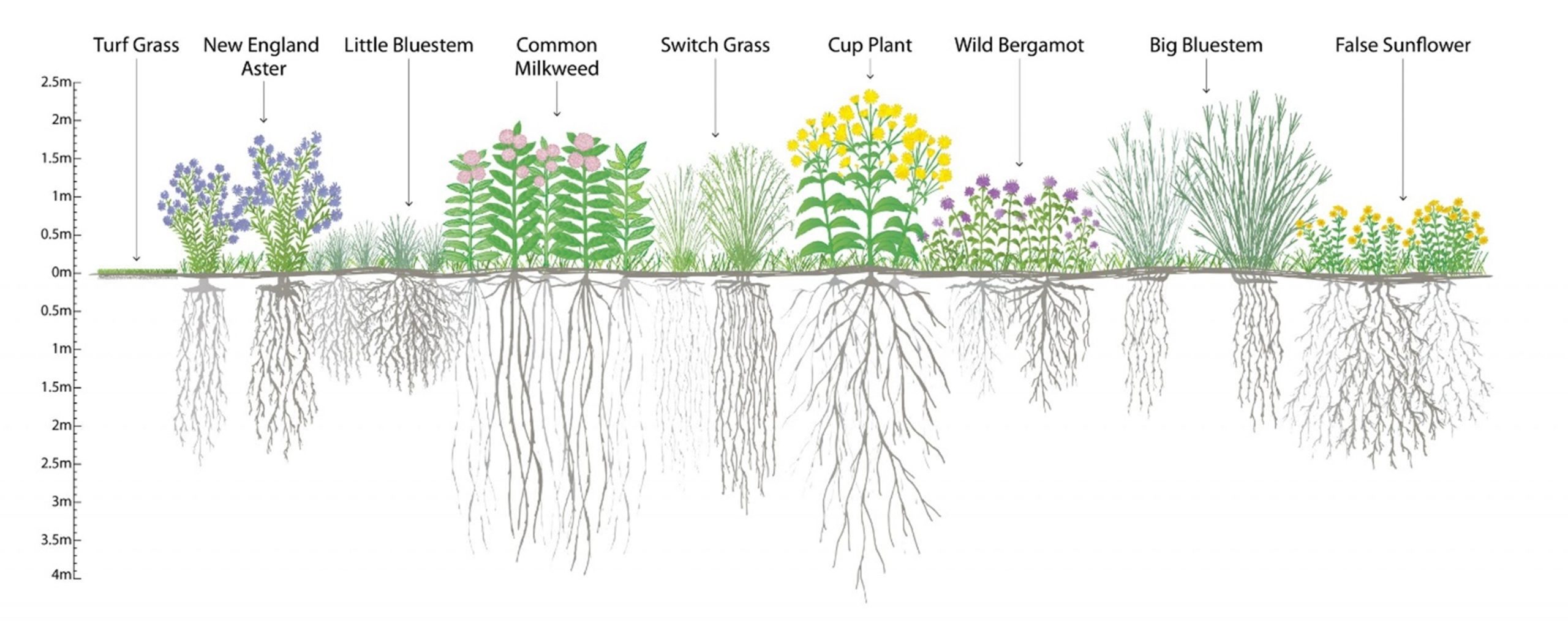
At Princess Point stepping off trail encourages the growth of turf grasses and reduces native prairie species. Our native plants aren’t tolerant of heavy foot traffic, picnics, or photography shoots, but turf grasses are. As more people trample, the hardy turf grass invades the native prairie, reducing habitat for the animals that live there and disrupting this sensitive habitat.

There are many ways to manage these turf grass invasions, from applying herbicides to labour intensive manual removal. But one way to manage turf grass in a native grassland is through prescribed burning. By timing the burn just right, the native grasses are unharmed by the fire as they are still dormant. Turf grasses, on the other hand, have greened up and are susceptible to the burn. The fire kills the turf grass and prepares the soil for the native plants that live at Princess Point.
Burning the prairie at Princess Point allows for a diverse community of grasses and wildflowers to thrive. The left and middle photo are from the burn day, and on the right is a few months later!
This spring RBG burned Princess Point to help maintain the tallgrass prairie and oak savannah, critical ecosystems that support hundreds of plants, insects, birds, and mammals. We remind all visitors that when visiting this beautiful space, to remain on trail to preserve the ecological integrity and beauty of Princess Point for years to come. Learn more about RBG’s grassland conservation and the prescribed burn.
Support Conservation at RBG
These conservation projects are possible thanks to the generous support of RBG Members and donors. With a donation to Royal Botanical Gardens, you can ensure an active, vibrant and healthy future for the children of today and tomorrow through our horticultural and conservation projects.

